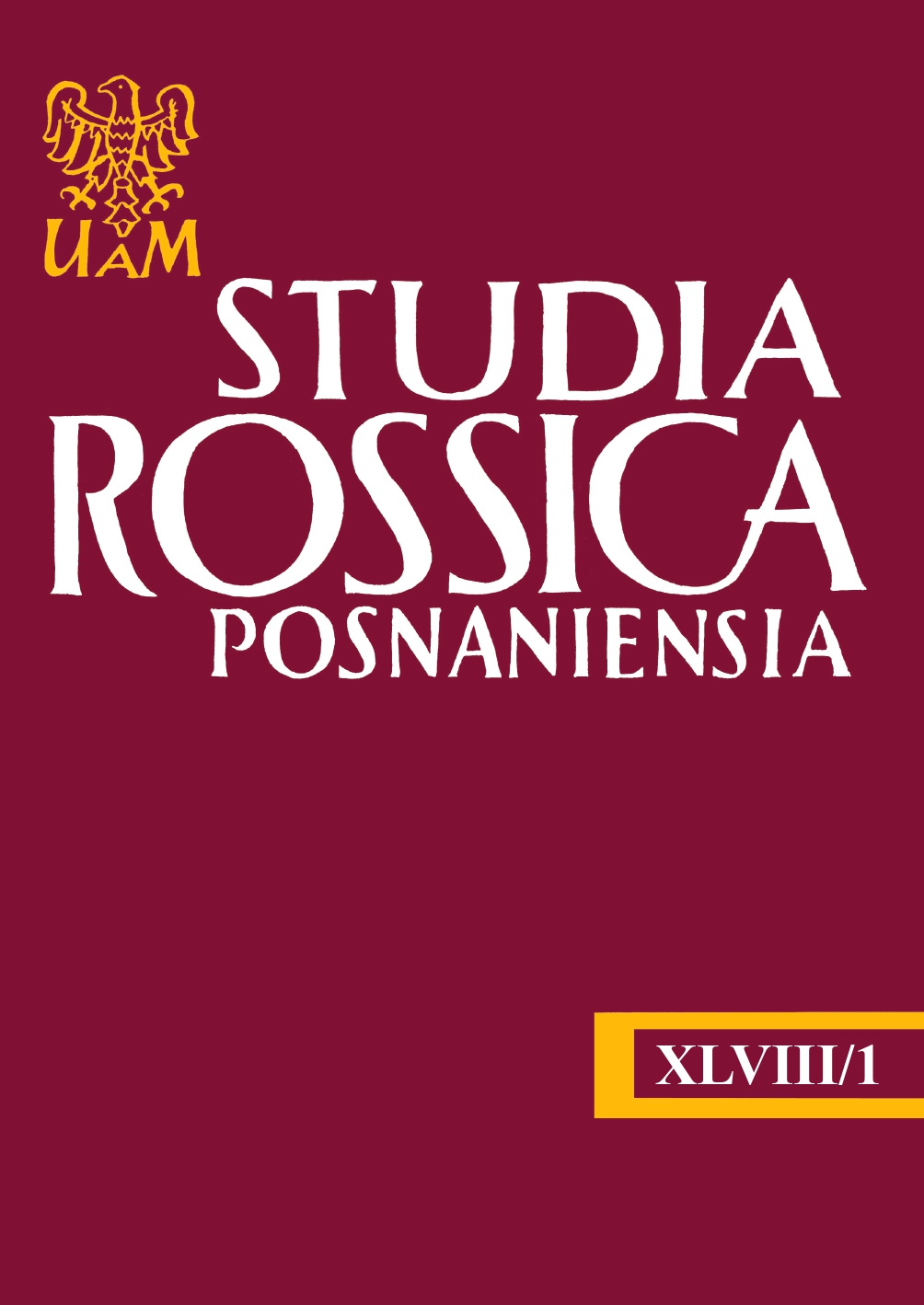Театральный и балетный жаргон в современной лексикографии и в текстах культуры
Theatrical and ballet jargon in contemporary lexicography and texts of culture
Author(s): Ewelina Parafińska-KorybskaSubject(s): Language studies, Applied Linguistics
Published by: Uniwersytet Adama Mickiewicza
Keywords: jargon; texts of culture; bilingual lexicography; translation; dictionary
Summary/Abstract: The aim of the article is to examine whether the jargon units connected with ballet should be included in the network of terms found in modern dictionaries. The starting point of the analysis was the theoretical discourse concerning the range of meanings that the term “jargon” possesses. The article also gives an overview of the names and works of the authors who analysed the theatrical and ballet jargon. Then, using specific examples, the author confirms that the jargon units occur in the texts of culture, which implies that lay men can also come across such vocabulary. Texts of culture, for example, the analysed film Bolshoy, can be translated. The translation of jargon vocabulary requires the translator to have special competences and profound knowledge of the given field. The occurrence of jargon units in freely accessible texts of culture and functioning of these texts in their translated form constitute an argument that jargon words and expressions should be recorded in dictionaries. Recording them in specialist bilingual dictionaries, which usually contain such terms, would be desirable. The addition of jargon lexis which would be provided with appropriate qualifiers to their wordlist would increase the functionality of the dictionaries. This would improve the bilingual communication in the given field and streamline the work of translators.
Journal: Studia Rossica Posnaniensia
- Issue Year: 48/2023
- Issue No: 1
- Page Range: 143-155
- Page Count: 13
- Language: Russian

